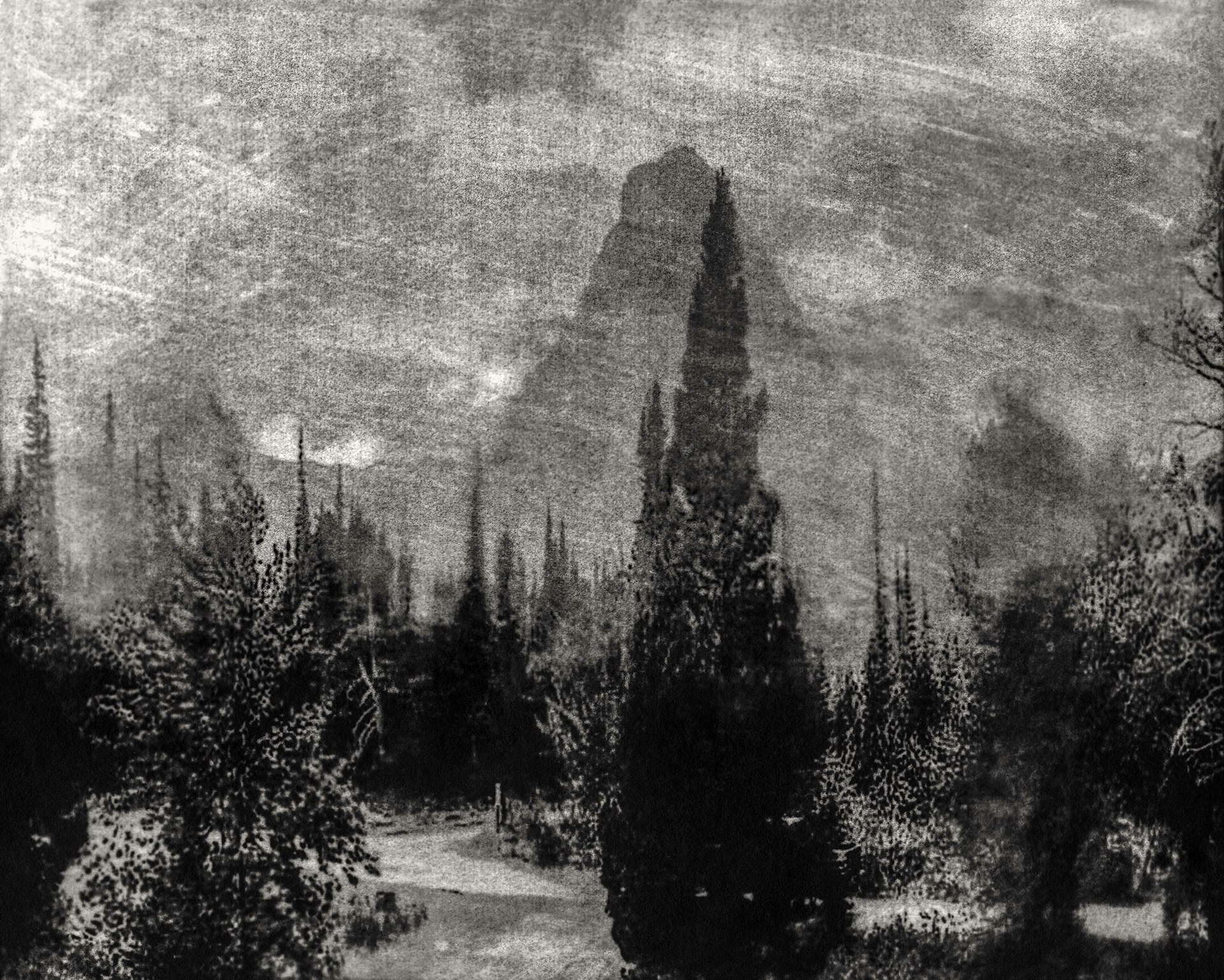
The photographer who hacked the world’s CCTV cameras
- Text by Niall Flynn
- Photography by Marcus DeSieno
In 2013, Marcus DeSieno found himself hiking through one of America’s vast and beautiful national parks.
Despite the fact he was alone in the wilderness, the Washington-based photographer had surveillance on the brain. At that time, the Edward Snowden leaks had just rocked the world, divulging the all-seeing, all-hearing extent of the NSA’s capabilities in grim, disturbing detail.
So, during the walk, when he stumbled upon a handful of park rangers nailing a CCTV camera to a tree in order to deter potential trespassers, it probably felt like an eerie coincidence. However, as he overheard one of the rangers grumbling about its uselessness in the dark, DeSieno realised that the camera’s power didn’t lie in its functionality, but its status as a sign of power in modern surveillance culture.
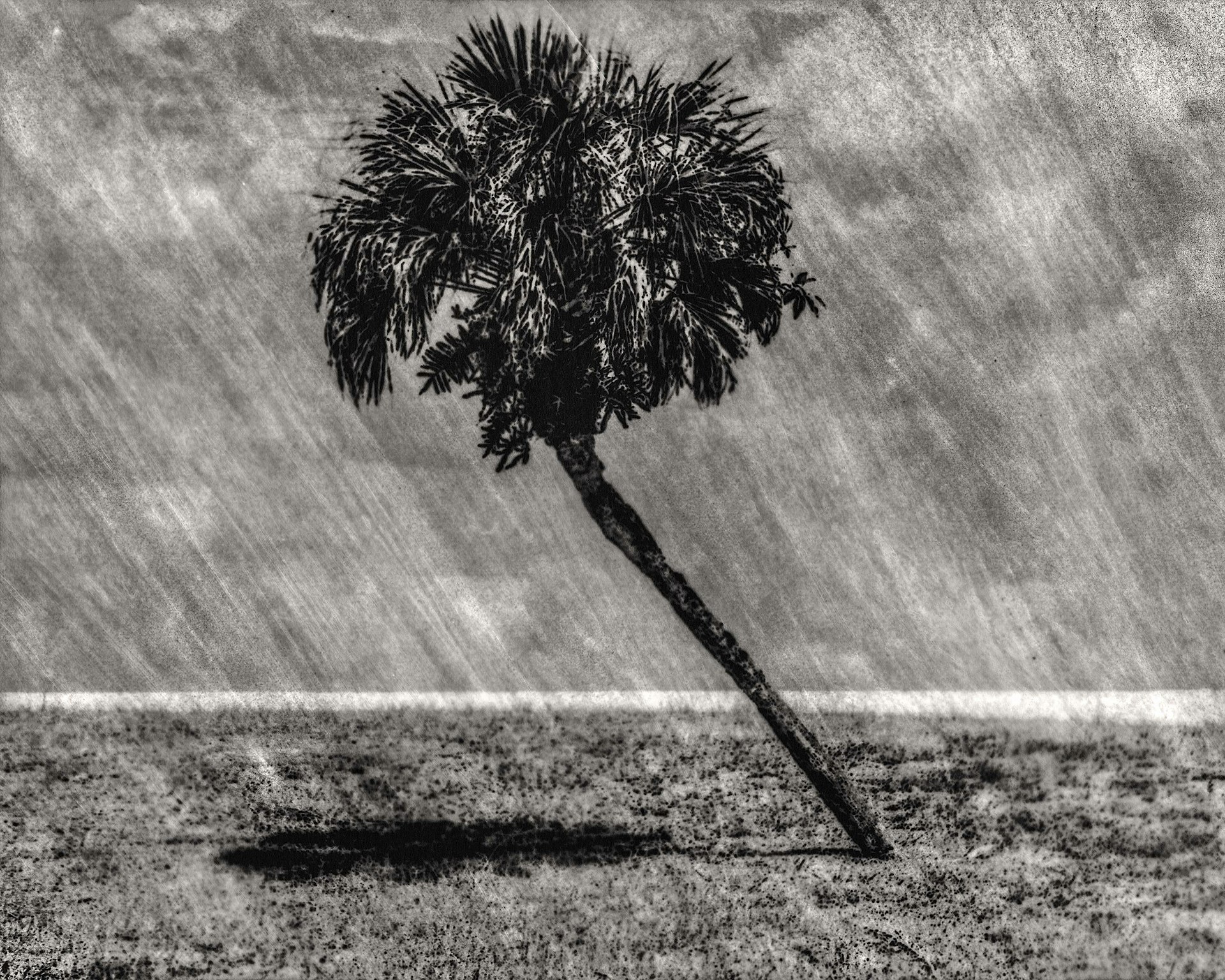
 “The surveillance camera is the signifier of dominance and power over us,” he explains. “When we see a surveillance camera outside of a building, it is a sign that somebody is watching. Or, it is a sign someone could be watching. It demands an authority.”
“The surveillance camera is the signifier of dominance and power over us,” he explains. “When we see a surveillance camera outside of a building, it is a sign that somebody is watching. Or, it is a sign someone could be watching. It demands an authority.”
It was this realisation that led to the inception of No Man’s Land, a photography project that sees DeSieno exploring the far-reaching implications of living in a society where surveillance is ubiquitous – as well as adopting the role of ‘the watcher’ himself.

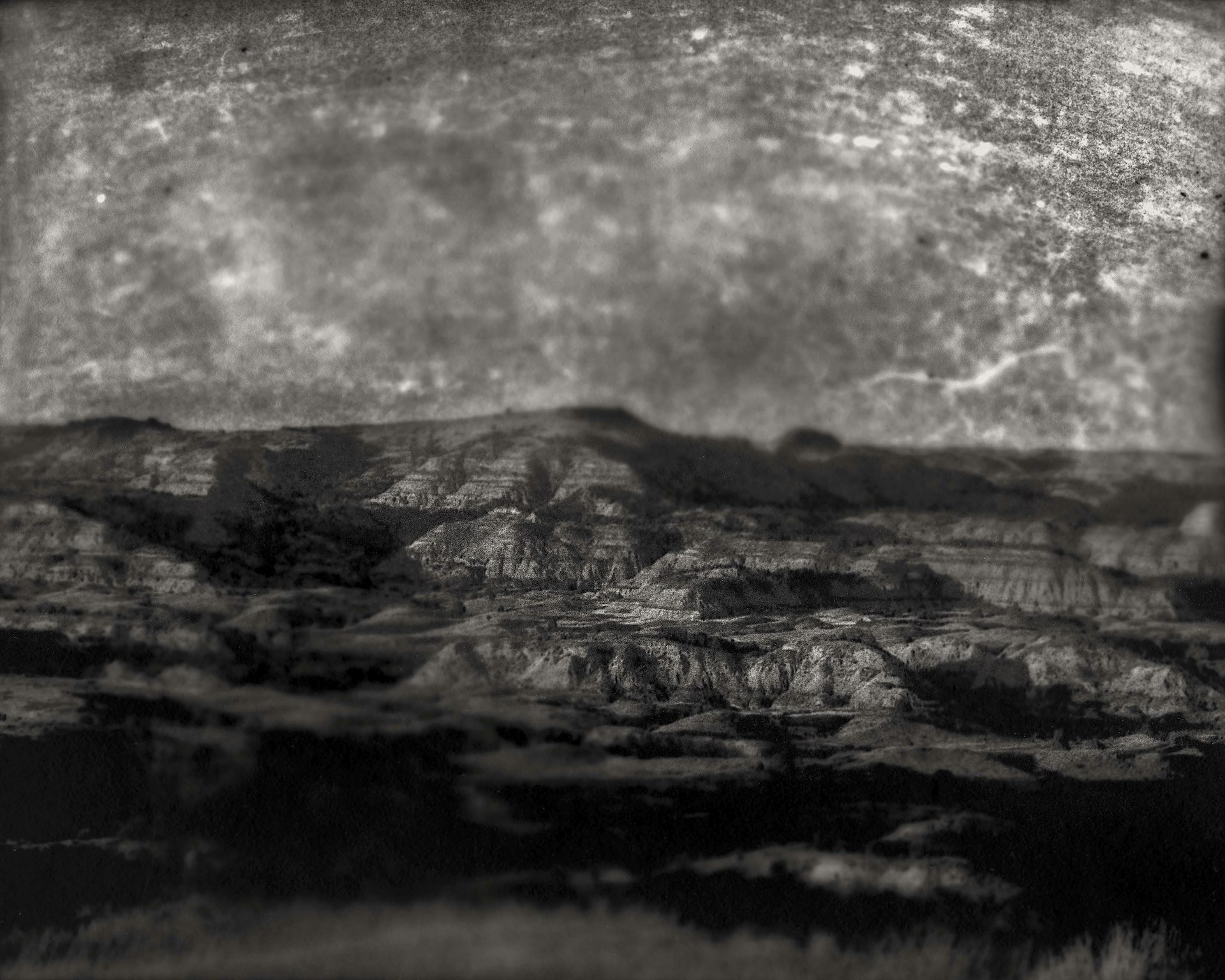 After completing an online crash-course in hacking, he was able to “roam the world” from his studio through surveillance cameras, public webcams and CCTV feeds, using them to search for images he could use in his work. (“I had no previous [hacking] experience, but I can tell you it was shockingly easy. And it was certainly terrifying to find out that this was so easy.”)
After completing an online crash-course in hacking, he was able to “roam the world” from his studio through surveillance cameras, public webcams and CCTV feeds, using them to search for images he could use in his work. (“I had no previous [hacking] experience, but I can tell you it was shockingly easy. And it was certainly terrifying to find out that this was so easy.”)
Rather than focusing on urban, densely-populated spaces one usually associates with the theme, DeSieno instead switched his gaze towards the kind of isolated environment that first galvanised his interest in exploring surveillance within his work.
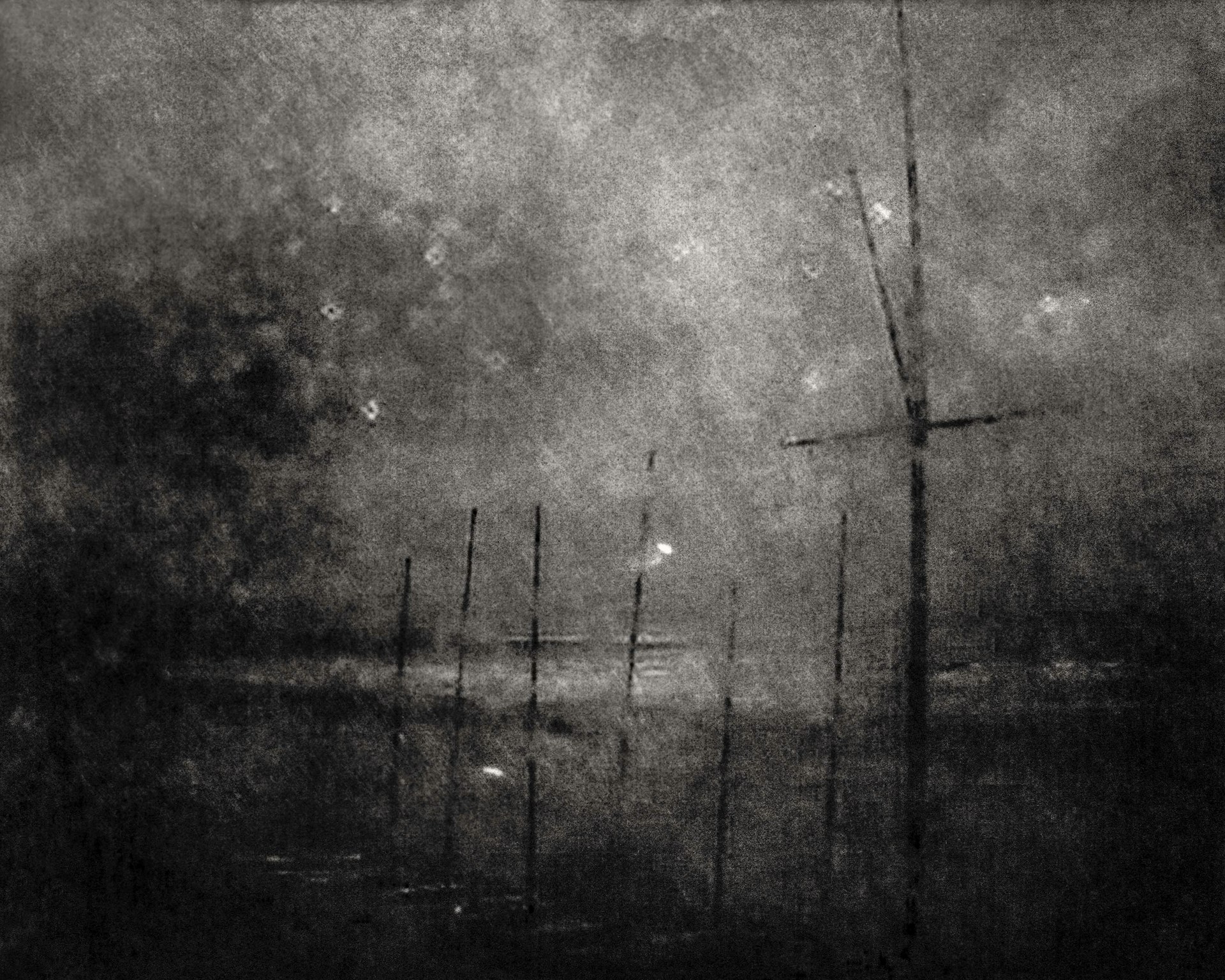
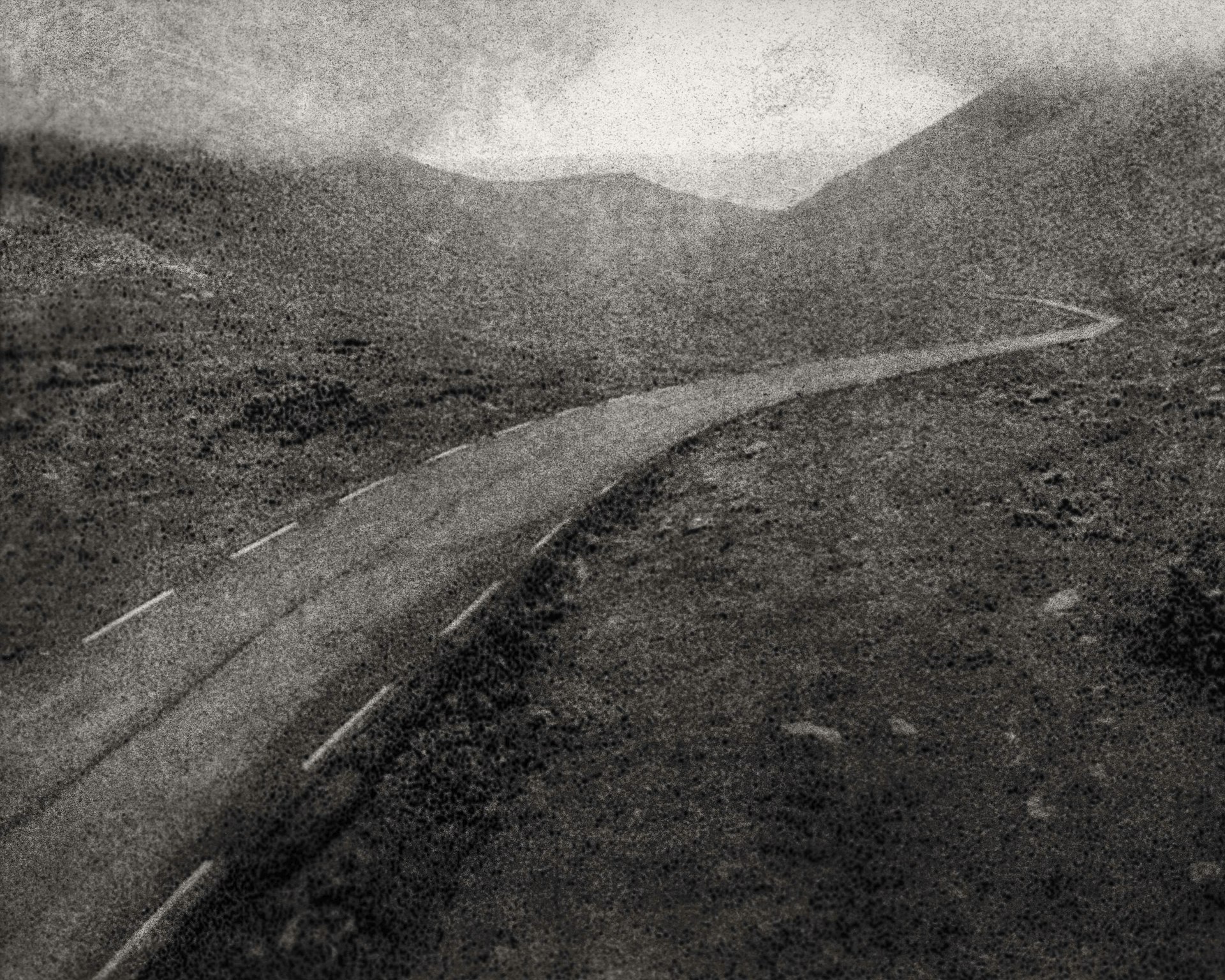 By using natural, idyllic landscapes (which he captured with a computer screenshot, then photographing using a wooden, large format camera and a salt paper negative process), No Man’s Land questions the relationship between humans and their land, all while showcasing the unwavering reach of surveillance technology and the simplicity with which it can be utilised.
By using natural, idyllic landscapes (which he captured with a computer screenshot, then photographing using a wooden, large format camera and a salt paper negative process), No Man’s Land questions the relationship between humans and their land, all while showcasing the unwavering reach of surveillance technology and the simplicity with which it can be utilised.
“I have been asking myself lately what my social responsibility is as an artist,” he adds. “It is not a question I’ve figured out, but perhaps the desire to create this project came from these moral and ethical battles inside of me.”
“This work falls into an indeterminate and contested territory where the results of how this technology has shaped us remains nebulous and unclear. We are currently, as a civilisation, already standing in the middle of this No Man’s Land.”
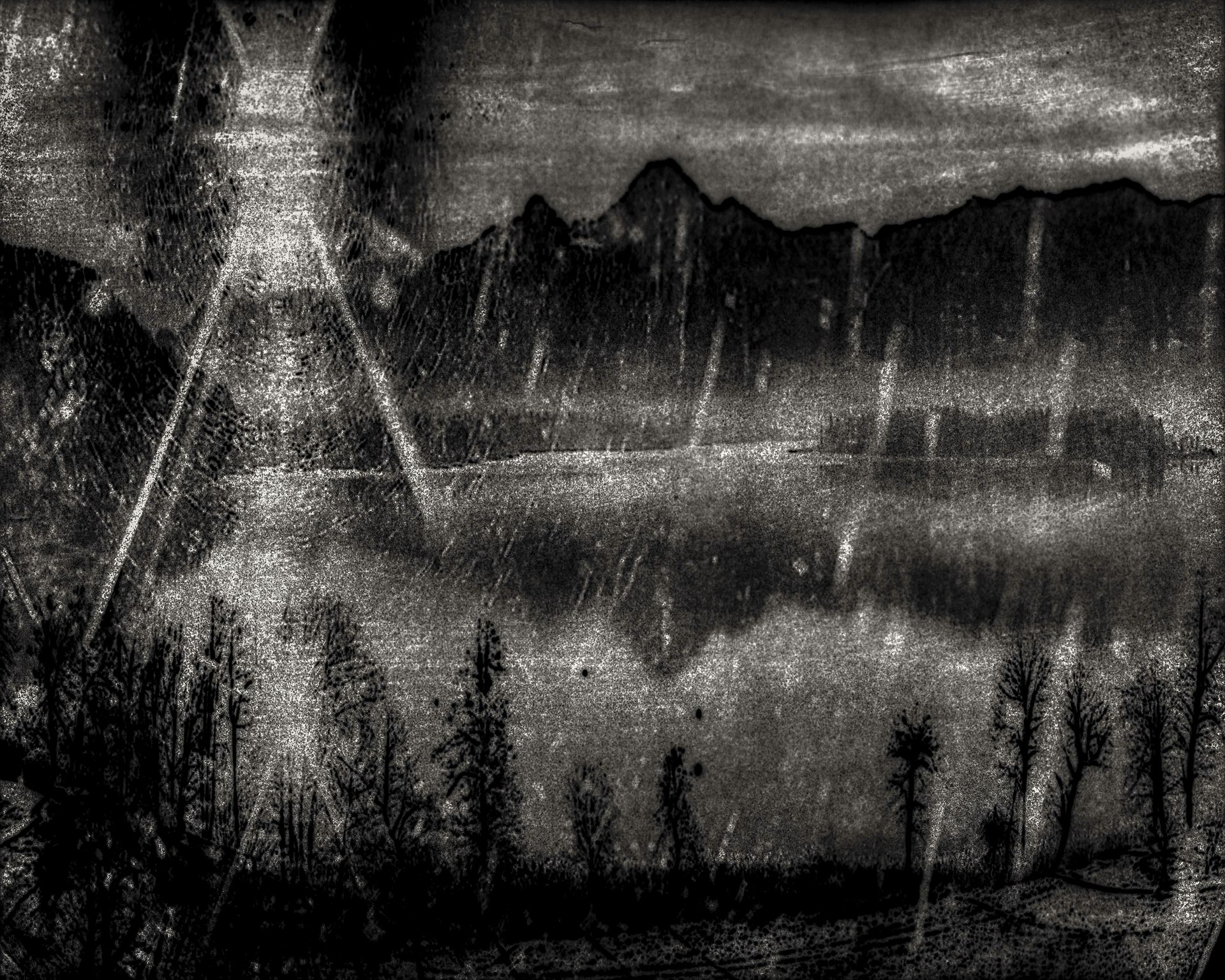
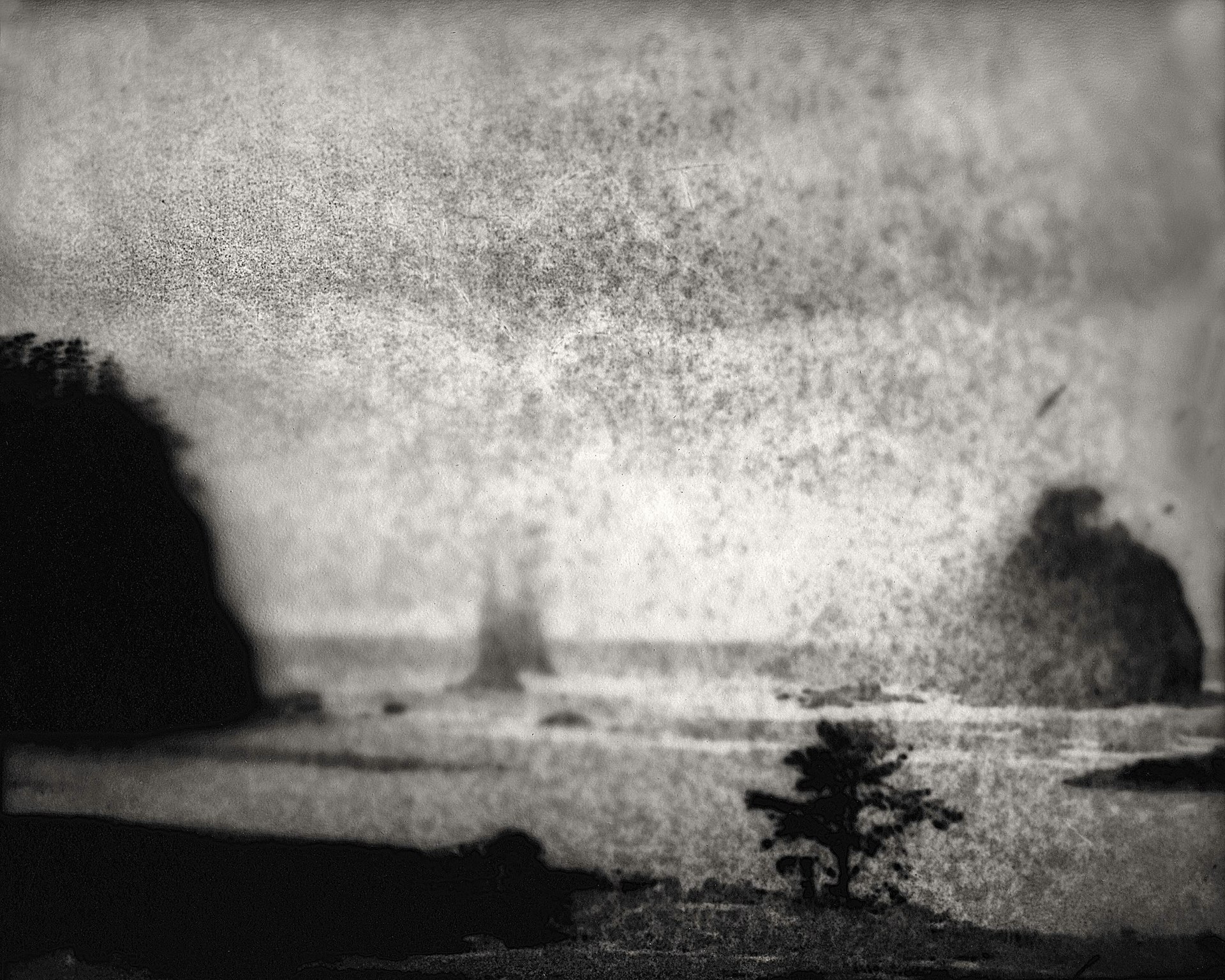 No Man’s Land: Views From a Surveillance State is available now from Daylight Books.
No Man’s Land: Views From a Surveillance State is available now from Daylight Books.
Enjoyed this article? Like Huck on Facebook or follow us on Twitter.
